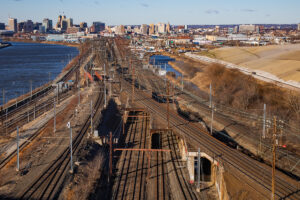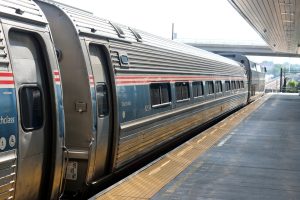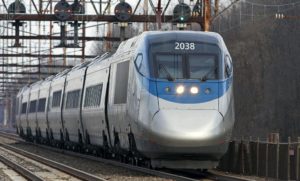Today, the Northeast Corridor is a highly traveled railroad line between Boston and Washington, but it was not envisioned as a high-speed railroad from the beginning. While many consider the modern incarnation as a single entity, it began as a confusing patchwork of local — and much shorter — roads.
The line, which carries more than 2,200 trains every day, dates to the earliest days of railroading in America. Several railroads built the corridor at various times between 1830 and 1917.
Today, the 457-mile-long Northeast Corridor is among the heaviest-traveled sections of railroad in the world. It sees high-speed, regional and long-distance Amtrak trains, but it also hosts commuter operations up and down the line.
Long Island Rail Road, New Jersey Transit, the Maryland Area Regional Commuter, Massachusetts Bay Transportation Authority, Metro-North Railroad, Shore Line East and the Southeastern Pennsylvania Transportation Authority all operate commuter services over the corridor.
Today, an estimated 2,200 Amtrak, commuter and freight trains operate on the corridor between Washington and Boston. In Fiscal Year 2018, Amtrak customers took a combined 18.3 million trips on the Northeast Corridor.
The Northeast Corridor: A Timeline
Explore the Northeast Corridor
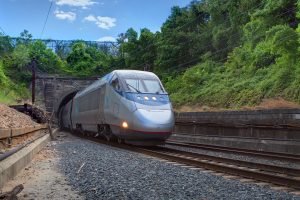
Baltimore and Potomac Tunnel
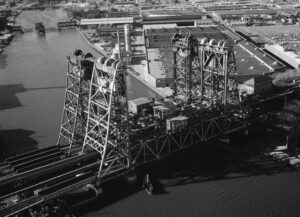
Dock Bridge
High Speed Ground Transportation Act of 1965

NextGen Acela
Northeast Corridor Improvement Project
Northeast Corridor Commission

Secaucus Junction
